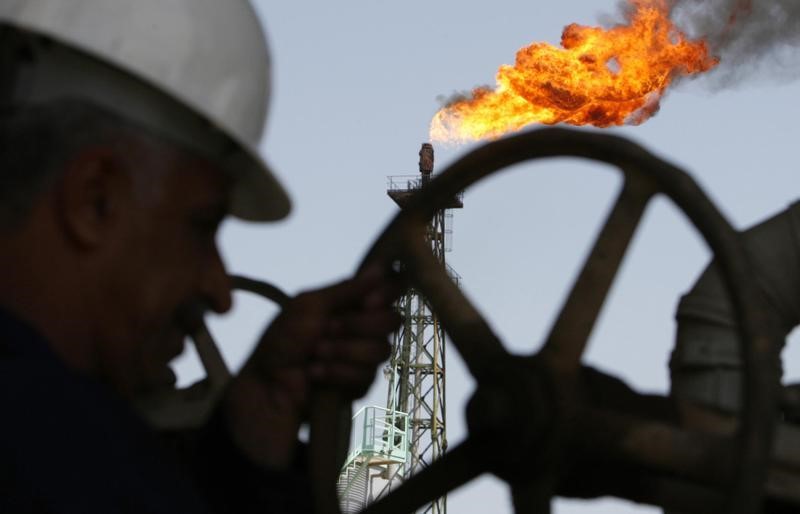By Peter Nurse
Investing.com -- Oil prices rose Tuesday for the second consecutive session after Russia reduced its supply of natural gas to western Europe through a major pipeline, increasing the likelihood of tightening supply to the region.
By 9:10 AM ET (1310 GMT), U.S. crude futures traded 1.6% higher at $98.20 a barrel, while the Brent contract rose 1.7% to $101.86.
U.S. Gasoline RBOB Futures were up 2.3% at $3.1865 a gallon.
Russian energy giant Gazprom announced late Monday that gas flows to Germany through the Nord Stream 1 pipeline would fall to 33 million cubic meters per day from Wednesday.
That’s half of the flows seen at the end of last week, when Gazprom restarted flows through the pipeline after a period of maintenance, which are already only 40% of normal capacity.
This cut in supplies will leave countries, and Germany in particular, unable to refill natural gas storage ahead of the winter demand period, opening the possibility of gas rationing as well as potentially encouraging a switch to crude.
Concerns about faltering energy supplies prompted European Union countries to agree earlier Tuesday to an emergency regulation to curb their gas use this winter. However, it is debatable the impact this will have with European consumers keen on their creature comforts.
Still, despite these gains the crude market has suffered of late on fears that aggressive interest rate hikes, particularly by the Federal Reserve, could limit economic activity and thus cut fuel demand growth.
The Fed concludes its latest policy-setting meeting on Wednesday, and is widely expected to hike by 75 basis points.
“A recession is the primary downside risk for crude prices and it’s all that’s keeping them [the WTI contract] below $100 in the short term,” said Craig Erlam, an analyst at OANDA.
“A faster path of Fed tightening and disappointing earnings reports from the U.S. this week could trigger further weakness in the oil market although I am skeptical about the scale of the downside risk. The tightness of the oil market cannot be ignored even as recession odds rise. A sustainable break below $90 still looks like a big ask and if it does materialize, it will be a bit of a double-edged sword.”
Ahead of the Fed announcement, traders will be keeping an eye on the release of U.S. crude supply data from the American Petroleum Institute, due later in the session.
Crude inventories jumped 1.86 million barrels last week, while gasoline inventories rose by 1.29 million barrels after rising 2.9 million barrels the prior week. This has raised concerns about U.S. demand in the middle of the driving season.
